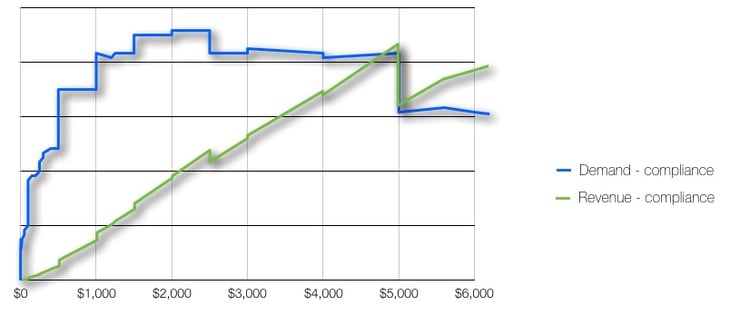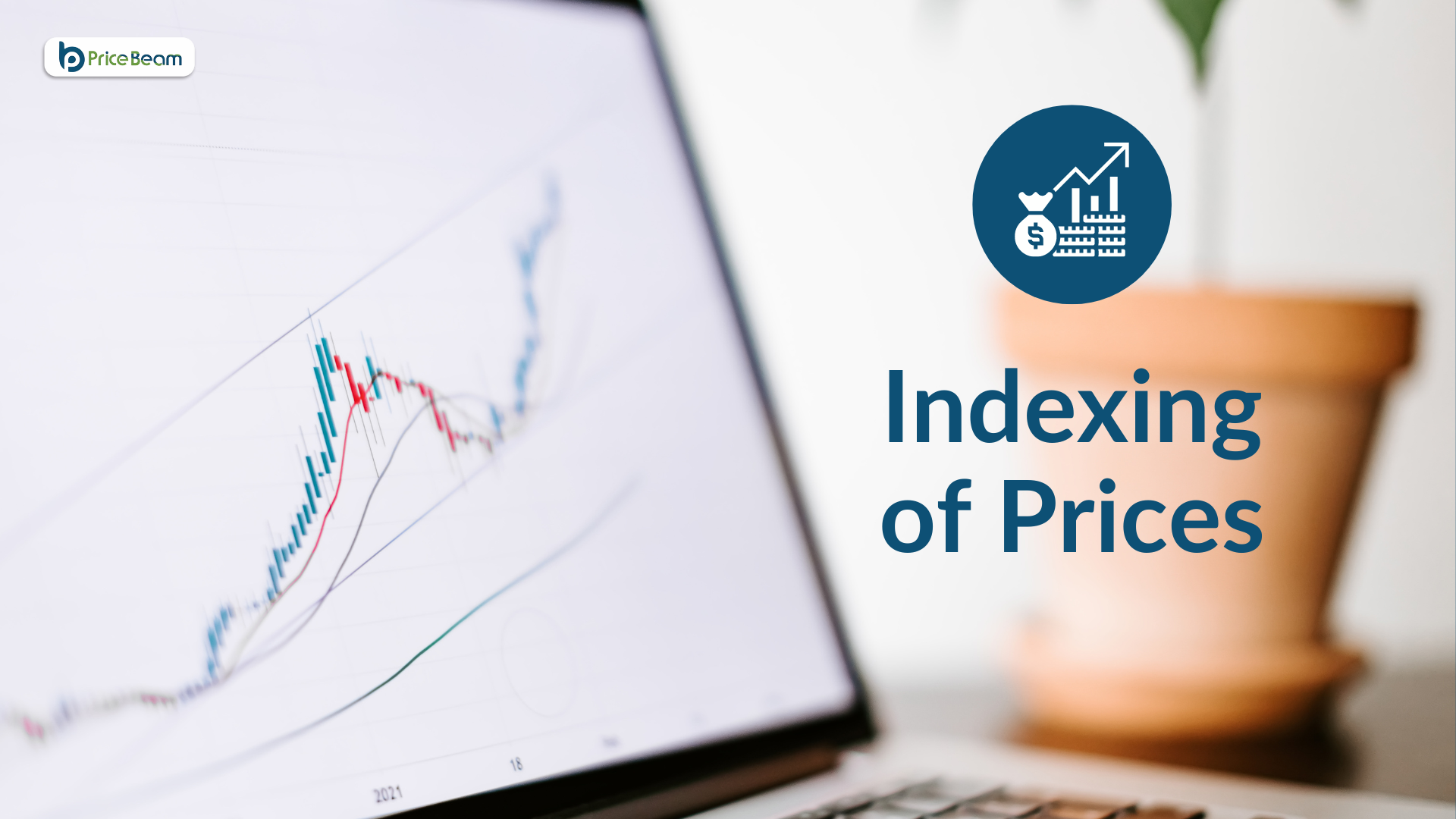8 Characteristics of a Successful Price Increase
 Finn Helmo
·
4 minute read
Finn Helmo
·
4 minute read

This is the time of year when many companies are planning or executing price increases for the new year. Some are successful and reap considerable improvements in profitability. Others have difficulty in making the price increase stick. And others simply fail to implement a price increase.
Over many years working in the pricing industry, I have seen a number of things that successful companies do when it comes to implementing the price increases. Here are some of those insights.
- Assess or re-assess value cases: why do customers buy from you? what are your advantages against the competition? How are you currently communicating about those value cases? Re-visiting why customers value your offerings means thinking about why they will also accept the price increase. Communicating about those values before, during and after the price increase also means they get re-affirmed in the value perception. Remember, price is what you get from delivering value.
- Set price increase objectives both for individual items and for the entire portfolio: Getting a price increase through is of course step 1. But it doesn't have to be the same increase across the entire product portfolio. Nor across the full customer portfolio for that matter. Successful price increases looks at differences in elasticity or willingness-to-pay and applies differentiated price increases (where possible for administrative and legal reasons). This may mean that if a product is considered to be under-priced (as evidenced by hard data, see below) then it is more likely to be possible to apply an above-average price increase on that product.
- Determining levels of price increase using internal data as well as external data: So how much should you increase prices by? Well, it should certainly be more than zero. Many companies fail to make regular price adjustments to follow inflation, even if market research shows that this is the type of price increase that most customers and industries accept most often. But the real pricing professionals go further. They run internal analysis on historical data to identify patterns in previous price changes and the apparent price elasticity from that. And they run various types of external price research to determine what customers are really willing to pay, thus replacing guesswork. PriceBeam has several world-class types of price research that can help you plan price increases with science, and eliminate the gut feeling and "we always did it this way" approaches.
 Above is an example of pricing research showing the optimum price both from a quantity ("demand" line) and revenue perspective.
Above is an example of pricing research showing the optimum price both from a quantity ("demand" line) and revenue perspective.
- Simulate different scenarios: While many of the steps above should ensure a good starting point, it can be very valuable to simulate different price increase scenarios. What happens when you differentiate the price increase against specific products or channels? Or in B2B, look at differentiated discounts so that the net net price varies across customers. In most situations, this optimizes prices, as not all customers are willing to pay the same price for the same product, thus by differentiating where possible, according to price elasticity or willingness-to-pay, you optimize the overall price. PriceBeam's partners, Stratinis, have a great software tool that does price increase simulations out of the box.
- Staff training: The conviction that your team brings to the (negotiation) table when it comes to price increases makes a huge difference in how successful the price increase ends up being. Make sure that the team both understands and sees the price increase as fair. Equip them with the overall value cases, and train them in argumentation techniques to justify and defend the price increase. It makes all the difference in the world. The worst cases of price increases are those where the price increase is just communicated and the sales people don't have the tools to justify and defend them.
- Internal communication: Very much in line with training is also internal communication. Make sure that all internal stakeholders with external contact are well-informed about the price increase and that they have the necessary arguments to justify and defend the increase. This brings us in particular back to the value cases above, that should be in the DNA of the entire company, not "just" the sales team. A successful price increase involves an internal communication plan, that targets both the sales team but also other functions, such as PR, Marketing, general management, and any other department that can face customers who don't consider the price increase to be justified.
- External communication: Communicating value is half the game of value-based pricing. Without proper and continuous communication about what makes your business great and your products/services of high value, customers will often disagree with your price (increase). Good price increase implementations have a big focus on how the price increase is communicated, as well as pre- and post-increase communication. Many pricing managers fall into the trap of not preparing the ground, nor communicating enough about the value, but rather just present the increase as a stand-alone fact. Great pricing teams communicate more about value and benefits before, during and after the price increase.
- Fall-back options and revenue control: of course you might find resistance to the price increase among existing customers, and in some situations it may even be necessary to have a fall-back option for those specific customers. But try to make it as difficult as absolutely possible for sales people to invoke the fall-back option. One example was a very well-known FMCG/CPG company who a few years back introduced a 5% price increase; an increase that the sales people didn't buy into, and therefore were discounting away. The story went something along the lines of: "well, Mr Customer, I know we communicated a 5% increase, but for you I can make it go away by offering a 5% discount". The net effect: they only achieved a 0.5% effective increase at the pocket price level after all discounts. Successful pricing teams apply revenue control mechanisms to make this more difficult. In smaller organizations or companies with few customers or products, this can be achieved by simply making the fall-back option something that requires CXO approval. In larger organizations, or in businesses with many customers/products/sales people, it can be done effectively with a revenue control software tool, where each deal is simulated, and deals below certain internal thresholds must go through one or more approval steps.
Get in touch with us and see how we can help you getting price increases through or otherwise optimizing prices.
This article is authored by Finn Helmo Hansen, who is the CEO at Stratinis and Chairman of PriceBeam. It has appeared on both PriceBeam's and Stratinis' blogs.
.png?width=400&height=100&name=PBLogoTransparent%20(1).png)




